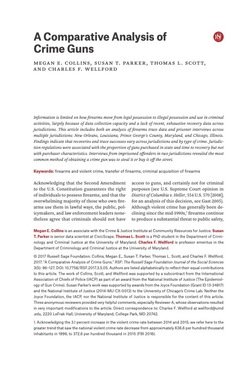By Brady United Against Gun Violence
Understanding the source of America’s gun violence epidemic is essential to building effective solutions to prevent it. For decades, laws passed at the behest of the gun industry have shielded important information from public view, making it nearly impossible to understand how, and from where, guns are funneled into the criminal market. Brady has used Freedom of Information Act (FOIA) requests to uncover information in an attempt to better understand how guns make their way from the legal marketplace to ultimately being used in crime. This report examines federal records that identify gun dealers subject to the Bureau of Alcohol, Tobacco, Firearms and Explosives’ (ATF) Demand Letter 2 program — a program created to identify firearms dealers that sell the most crime guns and to aid law enforcement investigations. Only 2% of gun dealers nationwide are subject to this program, which includes dealers who have sold at least 25 guns that were recovered in crime during the past year that were found to have taken less than three years to make it from point of sale to being recovered in that crime. The ATF had identified that this low “time-to-crime” is a strong indicator of gun trafficking. This report, and its underlying national data, are the clearest look we’ve had in two decades as to which gun dealers sell the most crime guns. Absent complete transparency into the gun industry’s role in supplying firearms that fuel our nation’s gun violence epidemic, this data is the best indicator we have as to which gun dealers are fueling crime.
Washington, DC: Brady Campaign, 2024. 20p






